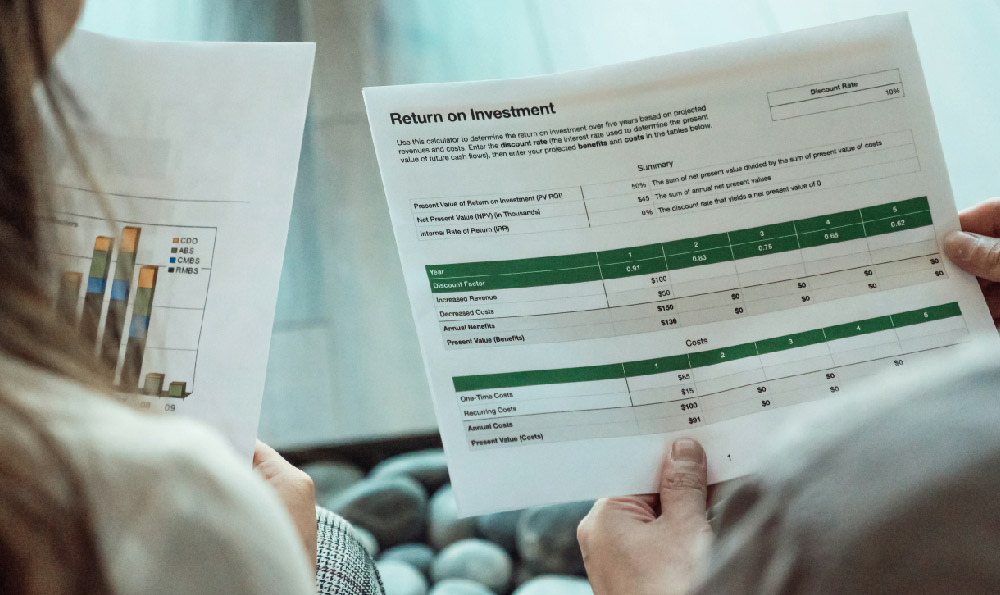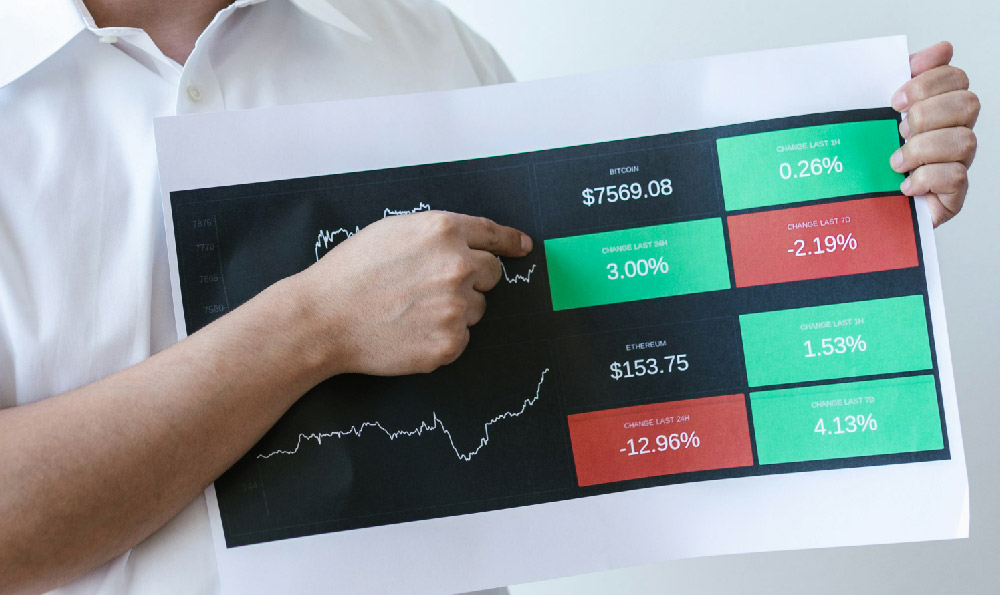In the ever-evolving landscape of financial markets, the quest for wealth growth is not merely about chasing returns but about cultivating a strategic mindset that aligns with both personal goals and macroeconomic currents. As we navigate through 2024, the foundations of successful investing lie in understanding the interplay between risk, time, and opportunity. The key lies not in finding the "hottest" investment, but in orchestrating a symphony of financial instruments that resonate with one's unique circumstances.
A cornerstone of sustainable growth lies in the power of compounding, a principle that often remains underappreciated by the uninitiated. The magic of compounding manifests when earnings generate additional earnings, creating a snowball effect over time. For instance, an initial investment of $10,000 growing at an annual rate of 7% would swell to over $19,672 in a decade. This illustrates the profound impact of time on wealth accumulation, a factor that should be leveraged with patience. To harness this, investors must prioritize consistent contributions and avoid the temptation of withdrawing prematurely, as the compounding effect is most potent when left undisturbed.
The allocation of assets is another critical dimension, requiring a delicate balance between risk tolerance and growth potential. In a year marked by potential volatility, diversification across different classes—equities, fixed income, real estate, and alternatives—becomes paramount. However, the optimal mix is not one-size-fits-all; it varies with individual objectives. A retiree seeking capital preservation might lean toward bonds and dividend-paying stocks, while a young investor with a higher risk appetite could allocate more to growth-oriented assets like technology stocks or venture capital. This customization is essential, as the market's rhythm in 2024 may favor certain sectors over others, influenced by factors like regulatory changes or technological advancements.

Risk management, often overlooked in favor of pursuit of returns, is the silent architect of long-term success. While it's tempting to chase high-yield opportunities, they frequently come with elevated volatility. A disciplined approach involves setting clear risk parameters and ensuring that no single investment exceeds a threshold that would jeopardize financial stability. For example, if a portfolio is structured to withstand a 20% drawdown, the allocation to high-risk assets like cryptocurrencies or speculative stocks should be measured accordingly. This does not imply avoiding risk altogether, but rather understanding its cost and mitigating it through strategies like stop-loss orders or hedging.
Time horizon, often underestimated, plays a pivotal role in shaping investment decisions. Short-term objectives necessitate liquidity and lower risk, whereas long-term goals can afford a higher risk profile. The phenomenon of cyclical markets in 2024, potentially influenced by geopolitical tensions or supply chain disruptions, underscores the importance of having a plan that accounts for both immediate needs and distant aspirations. Investors with a 10-year horizon, for instance, may benefit from allocating to assets that historically outperform during extended periods, such as index funds or real estate investment trusts (REITs). Conversely, those with shorter time frames should prioritize stability and predictability.
The emergence of new technologies and sectors in 2024 presents unique opportunities for growth, but they also demand careful evaluation. The rapid development of artificial intelligence, quantum computing, and bioengineering could lead to exponential returns, but these areas are fraught with uncertainty. Investors must conduct thorough due diligence, assessing not only the financial health of companies but also their alignment with broader technological paradigms. For example, a startup in renewable energy may offer promising returns, but its viability hinges on regulatory support and market adoption rates. This requires a blend of curiosity and caution, as innovation often outpaces conventional valuation models.
Tax efficiency, frequently dismissed as a secondary concern, can significantly augment returns. Strategic use of tax-advantaged accounts, such as IRAs or 401(k)s, along with tax-loss harvesting and capital gains management, can reduce the erosion of wealth. In 2024, with potential changes in tax policies, investors should stay informed about legislative developments that may impact their returns. For instance, adjustments to capital gains tax rates could alter the threshold for long-term investments, necessitating a reevaluation of holding periods and asset classes.
Lastly, the psychological aspect of investing cannot be overstated. Emotional decisions, driven by fear or greed, often lead to suboptimal outcomes. Developing a mindset rooted in discipline and long-term perspective is crucial. This entails avoiding impulsive trades, maintaining a diversified portfolio to prevent overexposure, and adhering to a consistent strategy regardless of market fluctuations. In a year where uncertainty may be heightened, the ability to remain calm and focused becomes a competitive advantage.
In conclusion, the path to financial growth in 2024 is not a straight line but a dynamic process shaped by continuous learning, adaptability, and strategic foresight. Success lies in integrating these principles into a cohesive plan that balances ambition with caution, ensuring that wealth not only grows but also endures. By embracing compounding, diversification, prudent risk management, and tax efficiency, investors can lay a foundation for resilience and prosperity in an ever-changing economic environment.












